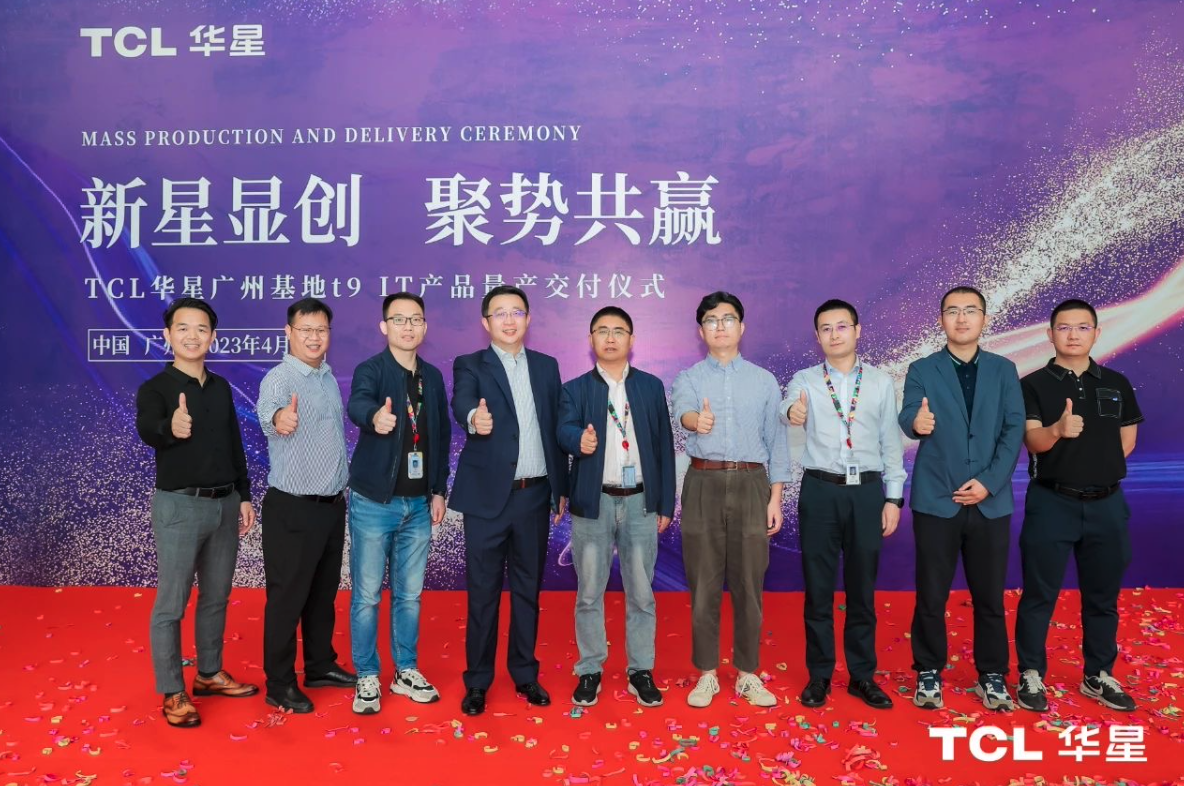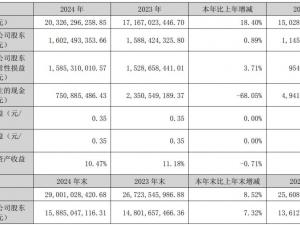Jichuang North launches 12-nanometer AI-PQ single display chip and dual engines to upgrade mobile im
- author:
- 2025-10-23 18:17:37
At a time when competition in Mobile device display technology is becoming increasingly fierce, users are increasingly demanding for high image quality, high frame rate and low power consumption. Recently, Jichuang North released its first 12-nanometer AI-PQ image-quality enhanced stand-alone chip. This innovative product combines the company's efforts in multimedia AI processing, image quality improvement and low power consumption. The core technology in the field of chip design accurately overcomes the pain points of Mobile device display. At present, this chip has been first applied to the flagship model of the domestic head Mobile device brand, which will bring users a cross-generation experience upgrade from picture smoothness to detail presentation. It will also provide domestic display chips in the field of consumer electronics. Open up a new path.

Core positioning: Directly attacking the Mobile device shows three core demands
Jichuang North's 12-nanometer AI-PQ stand-alone display chip has focused on the core pain points of Mobile device users from the beginning of its design. Traditional terminal displays often face difficulties in balancing high image quality and high power consumption. Three major problems of missing low frame rate pictures. As an independent AI image quality enhancement chip installed between the core processor and the display screen, it achieves image quality, frame rate and power consumption through independent computing + AI empowerment mode without increasing the burden on the front-end processor. Collaborative optimization of power consumption.
From the perspective of technical architecture, the chip is based on a low-power 12-nanometer process and integrates rich functional modules within a very small chip area, which not only meets the strict requirements of Mobile device on hardware size, but also reduces its own energy consumption through advanced processes. According to test data, compared with traditional display chips of the same type, the power consumption of this 12-nanometer AI-PQ chip is reduced by about 25%, providing strong support for the battery life of mobile devices such as mobile phones and tablets, and is perfect for current users 'long-term battery life + double expectations of good image quality.
Technical highlights: Dual-engine drive + full-dimensional AI optimization, reconstructing the display experience
The core competitiveness of Jichuang North AI-PQ stand-alone chips lies in its innovative dual-engine drive solution and full-dimensional AI image quality optimization system, which achieves all-round upgrades from frame rate, resolution to picture details:
1. Dual engine driver: MEMC+AISR solves the problem of smoothness and clarity
The chip is equipped with the MEMC frame rate insertion module and the AISR image quality super-division module, which form the core architecture of the dual-engine driver, providing solutions for the two major pain points of frame rate and resolution respectively.
At the frame rate optimization level, the MEMC module supports multi-gear AI dynamic frame interpolation technology, which can intelligently upgrade the 30fps/60fps low frame rate picture output by the terminal processor to a high frame rate of up to 165fps through AI algorithms. More importantly, its hardware-level motion compensation algorithm can accurately identify fast-moving objects in the screen (such as characters in game scenes and athletes in sports events), generate intermediate frames in real time, and effectively eliminate traditional frame interpolation techniques. Slow-over and stuck problems that are prone to occur. In high-speed mobile display scenarios, such as playing racing games or watching live football games, the continuity of the picture is significantly improved, and users can experience a silky visual experience without delay.

In terms of resolution and detail optimization, the AISR image quality superdividing module achieves pixel-level improvement through AI deep learning algorithms. For low-resolution pictures (such as early low-definition videos and compressed online videos), this module can intelligently analyze the picture texture, line and color distribution, and accurately upgrade the original picture to the 2K ultra-clear specification. Compared with traditional superscoring technology, its biggest breakthrough is that it solves common problems such as jagged edges, broken lines and blurred lines. AI smoothes the edges of the picture and intelligently completes broken lines, making the text and icons clearer and sharper. Details in complex scenes (such as architectural texture, clothing folds) can also be fully presented, as if injecting new details into the picture.
2. Full-dimensional AI optimization: Overcoming the stubborn problem of mobile scene display
The AI algorithm is another highlight of this chip. Through deep learning training, the chip has built a full-dimensional image quality optimization system covering the global, local and focus to specifically solve common display problems in mobile scenes.
In terms of color optimization, the chip can intelligently correct picture color cast problems. Whether it is cold tone shift caused by differences in screen hardware or color distortion caused by changes in ambient light, AI algorithms can adjust the proportion of RGB colors in real time, restore the original color tone of the content, and make the color of photos and videos closer to real scene.
Regarding the loss of details in dark areas and high light overexposure problems, the AI-LCE(Local Contrast Enhancement) technology mounted on the chip plays a key role. It intelligently identifies the light and dark areas in the picture to highlight the dark parts in a targeted manner, and at the same time suppresses the over-exposure of the halo in the highlight areas. For example, in night scene photos, it can clearly present the architectural outline of the dark parts without causing street lights and lights. The dazzling light spots appear on the lights, making the picture clearer and richer in details.
In addition, the chip also has scene adaptability and can automatically switch optimization modes based on display content (such as games, videos, reading, photos): priority is given to ensuring high frame rate and color vividness in game scenarios, while adjustment is made to low blue light in reading scenarios. High contrast mode reduces visual fatigue and achieves an intelligent experience in which one core adapts to multiple scenarios.
Landing application: The flagship model of the head is launched, setting a new benchmark for image quality experience
This 12-nanometer AI-PQ stand-alone chip has reached the market faster than expected and has been successfully used in the flagship products of the domestic head Mobile device brand. Judging from actual user feedback, the experience upgrade it brings is very significant: on the flagship mobile phone equipped with this chip, when playing online video at 60fps, the picture can be smoothly upgraded to 120fps, and there is no obvious stuck when dragging the progress bar or quickly switching pictures; when watching low-resolution old movies, after AISR overscoring, the picture definition is close to the native 2K effect, and the facial details and background texture of the characters are easier to recognize.
What is more noteworthy is that the chip's low power consumption advantages are outstanding in actual use. Tests show that after the AI image quality optimization function is turned on, the battery life of the mobile phone for continuous video playback is only about 1.5 hours less than when the function is turned off, which is far better than the average of 3-4 hours less battery life of similar chips in the industry after being turned on and optimized. At the same time, since the chip undertakes most of the image quality processing operations, the load on the front-end processor is reduced. When the mobile phone is used with high load for a long time (such as playing 3A mobile games), the heat generated by the body is significantly reduced, effectively avoiding the performance caused by high temperatures. Down-frequency issues ensure the stability of the game experience.
Industry significance: Help domestic display chips make breakthroughs and accelerate the construction of AI + display ecosystems
The launch of Jichuang North's 12-nanometer AI-PQ standalone display chip not only brings experience upgrades to Mobile device users, but is also of great significance to the domestic display chip industry. For a long time, the high-end display chip market has been dominated by foreign companies, and domestic companies have faced technical barriers in terms of advanced processes and core algorithms. The successful research and development of this 12-nanometer chip marks that Jichuang North has broken through the design bottleneck of 12-nanometer advanced technology. At the same time, it has formed an independent core technology on the AI image quality optimization algorithm, breaking the technology monopoly of foreign companies and providing domestic display chips. Inject confidence into the development.
From the perspective of industry trends, AI + display has become an important development direction in the consumer electronics field. Jichuang North's technology accumulation on this chip will lay the foundation for the subsequent expansion of multiple scenarios. In the future, the company plans to deepen cooperation with terminal manufacturers around AR/VR, smart terminals, e-sports equipment, smart screens and other fields, and expand AI-PQ technology to more display scenarios. For example, in AR/VR equipment, optimizing the image quality and frame rate of virtual scenes through chips to enhance immersion; on e-sports displays, enhance high frame rate and low latency characteristics to meet the needs of professional players.
In addition, the successful implementation of this chip also provides an opportunity for the coordinated development of the domestic display chip industry chain. During the research and development process, Jichuang North has cooperated in depth with many domestic wafer manufacturing, packaging and testing companies, promoting the localized application of 12-nanometer process in the field of display chips. In the future, it is expected to further drive the technological upgrades of upstream materials and equipment companies to form a complete domestic ecological chain of design-manufacturing-application.
With the continuous breakthroughs of domestic companies such as Jichuang North in the field of display chips, domestic display technology is moving from following to running in parallel or even leading the way. The release of this 12-nanometer AI-PQ standalone chip is not only a reflection of Jichuang North's technical strength, but also an important milestone in the development of the domestic display chip industry. In the future, it will continue to promote the upgrade of display experience in Mobile device and more fields, bringing users a more extreme visual enjoyment.
TAG:
Guess you want to see it
Popular information
-
CEO of TV IKLAN Group, Indonesia's largest media company, led a delegation to inspect MNLED and the

-
Mini Optoelectronics Mini Optoelectronics, Huawei, Haikang, Keda, Dahua and Yurentong were also awar
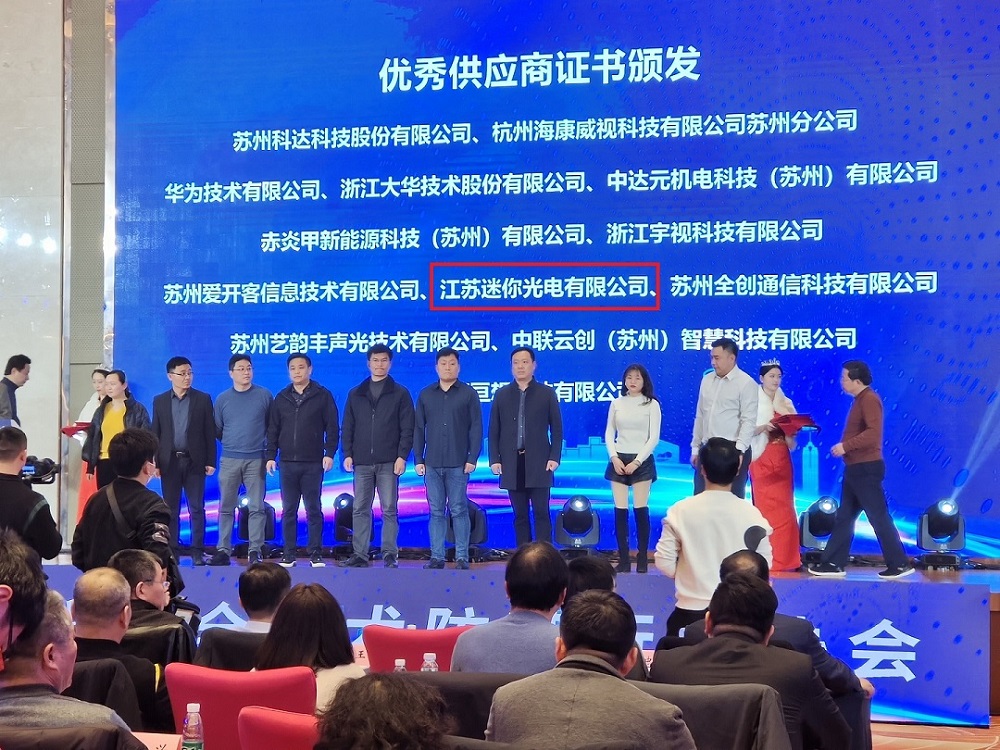
-
Sony launches new display system that combines RGB LED and LCD panel technology
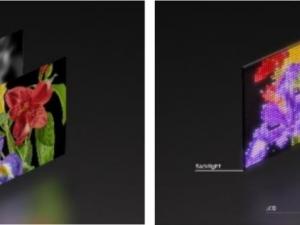
-
AUO brings the group's strength to innovate AI intelligent application services at Touch Taiwan 2025

-
Zhaochi Semiconductor: Its technological crown shines again, and its innovation journey continues
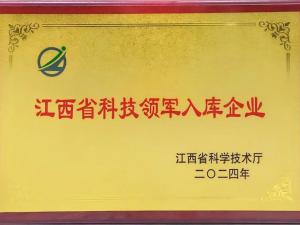
-
Zhouming Technology's 2024 Annual Report and 2025Q1 Report released: Steady growth in performance, s
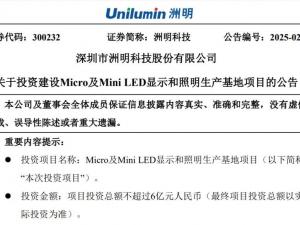
-
The impact and impact of US tariff adjustments on the LED display industry

-
Mini LED TV: Rising rapidly, reshaping the high-end market landscape
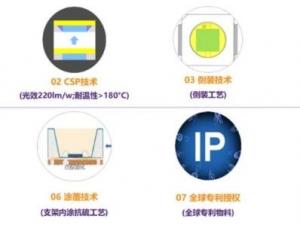
-
Zhejiang Shijie Electronic Technology Co., Ltd.: Empowering growth and building a training journey f
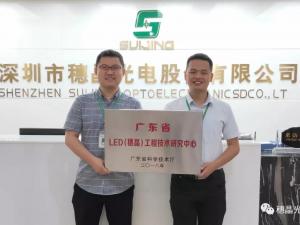
-
Kopin wins $10 million military contract, Micro LED technology reshapes military AR display landscap

the charts
- CEO of TV IKLAN Group, Indonesia's largest media company, led a delegation to inspect MNLED and the
- Innolux joins hands with Yuantai, TPV and others to introduce large size color electronic paper into
- Xida Electronics signs a strategic cooperation agreement with Changbai Mountain Chixi District Manag
- Liard joins hands with "Three-Body" to open a new era of science fiction drama in China
- Zhaochi Semiconductor joins hands with Li Xing Semiconductor. Want to do big things?
- Zhou Ming joins hands with the Guangdong Basketball Association to produce another masterpiece! The
- ISE2023 Abbison's first exhibition in the new year has received frequent good news, and the immersiv
- Samsung Display and APS "work together" to create 3500ppi Micro OLED
- Zhouming Technology and Perfect World officially reached an educational ecological partnership!
- Longli Technology:Mini-LED has been shipped in batches to some in-vehicle customers, VR customers, e
